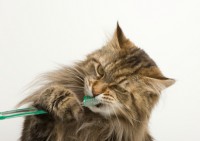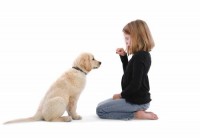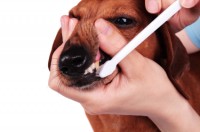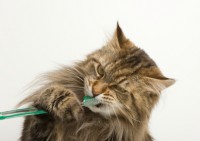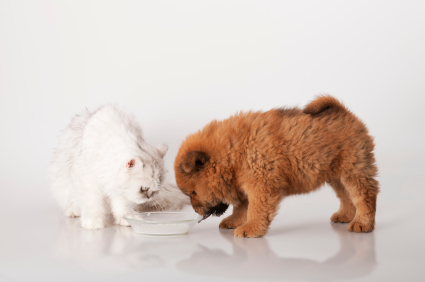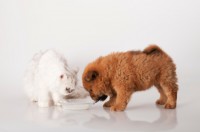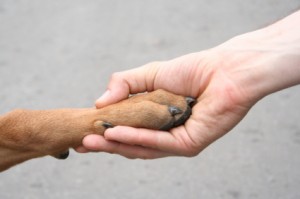What is chemotherapy?
Cancer chemotherapy uses cytotoxic drugs to kill cancer cells. Unfortunately they also affects normal rapidly multiplying cells like those that line the gut and bone marrow cells that produce blood cells.
What is cancer?
Cancer is a disease of uncontrolled growth of cells. Cells are the basic structural units of the body. Normally they replicate to replace themselves as they age. In cancer a particular cell line multiplies in an inappropriate and uncontrolled manner.
What are cytotoxic drugs?
Many anti-cancer drugs are cytotoxic. Cytotoxic means “damaging to cells”. These drugs block cell growth and division and thus prevent cancer cells from multiplying. Cytotoxic drugs act only on rapidly dividing cells such as cancer cells but they can also harm normal body cells.
What side effects do cytotoxic drugs have?
Because cytotoxic drugs affect all rapidly dividing cells in the body, normal cells in blood-producing bone marrow, the gut, skin and reproductive organs are also affected.
Many animals on chemotherapy experience no side effects. However, they are more prone to infections, bleeding, vomiting, diarrhoea and loss of appetite.
Animals do not lose all their fur with chemotherapy drugs. Reproductive function is usually not relevant.
Some cytotoxic drugs cause liver, kidney or heart problems. The most serious side effect of chemotherapy is infection. We monitor for these problems with regular blood tests.
Am I at risk of exposure from these drugs?
Cytotoxic drugs are very potent and must be handled with care. We admit animals to hospital to administer most chemotherapy. Some are given by injection while other drugs are given as capsules or tablets.
Do not to handle urine or faeces after any chemotherapy session.
This information is of a general nature only, and must not be used as veterinary advice except where directed by your veterinarian. Hall Veterinary Surgery does not warrant the suitability of this information for specific cases. If your animal is unwell or you want to act on this information, please contact us on 6230 2223.




